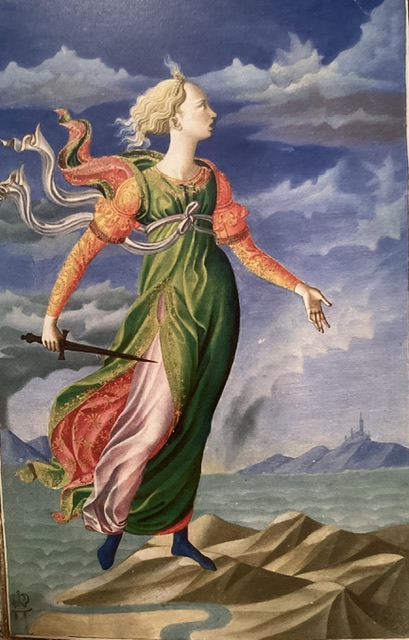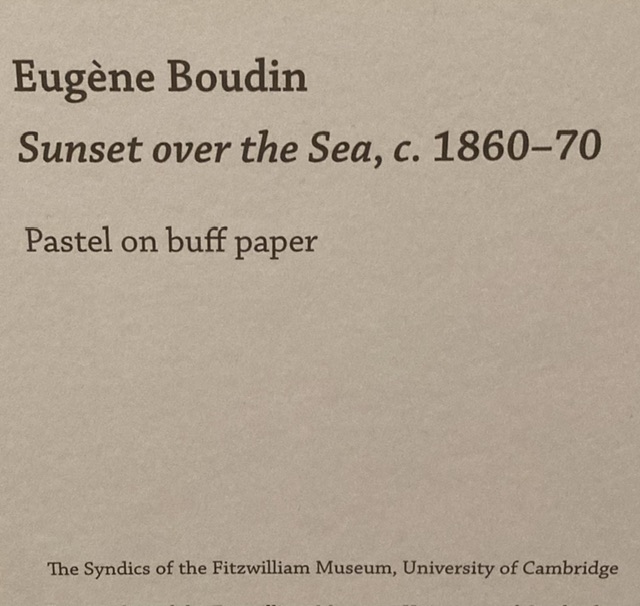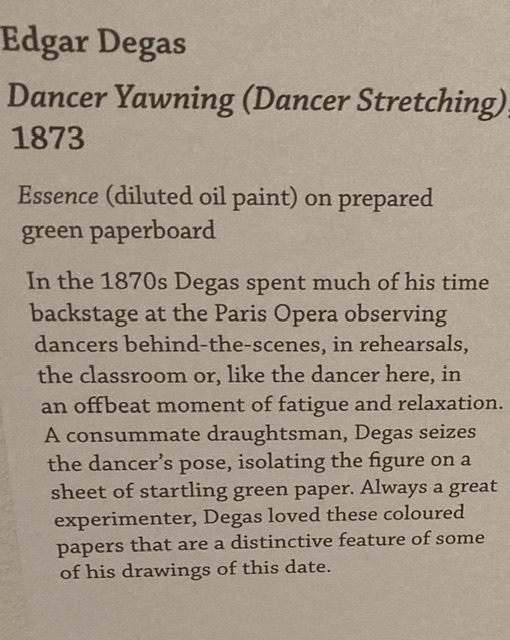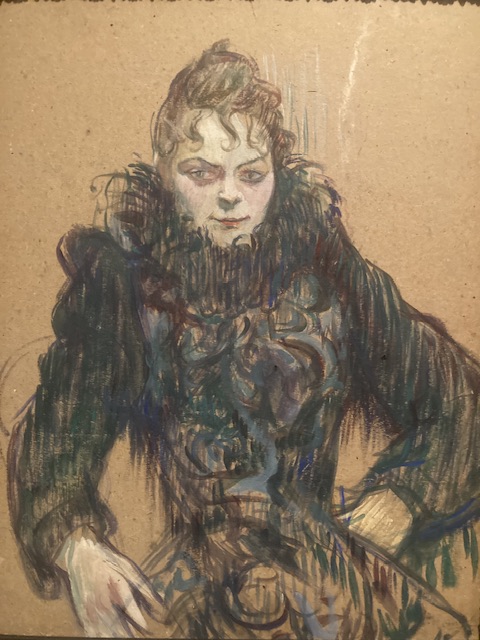In between Christmas 2023 and the New Year we travelled to London for a night with old friends whose house-moving has rendered them almost nomadic – and tricky to catch up with. David broke the journey at Waterloo’s sports bar, to watch Chelsea’s midday game, while I headed to the National Gallery for the charming and very modest exhibition of Francesco Pesellino’s wonderful work. His was a brief life (born in 1422 and died in 1457) but his legacy was extraordinary. ‘A remarkable draughtsman, miniaturist and pinter of animals. He excelled in producing works on a small scale with exquisite detail’ as the catalogue for the exhibition tells us.
Below is a delightful treatment of King Melchior sailing to the Holy Land !

Pesellino’s use of colour is striking whether in miniature or grand scale. He collaborated with Zanobi Strozzi on a commission by ambassador Bartolomeo Gherardo Gherardi, to decorate lavishly a deluxe manuscript book of The Second Punic War by Silius Italicus, perhaps as a diplomatic present. Below are two gorgeous pen and ink, pigment and gold on vellum creations from it: Allegory of Carthage (left) and Allegory of Rome (right), painted in 1447. Each is only slightly larger than a sheet of A4! (28.8 x 20.2 cm)


The NG is rightly proud to exhibit two cassone panels, on which their restorers have worked for the twenty years since the Gallery acquired them. They depict the story of David and Goliath, minutely captured on these slim bridal chest panels. The gilding and silver embellishment is breath-taking, and the visitor is treated to a three minute video which shows his fine work in breath-taking detail. The photos below are a poor substitute for the real thing, and convey nothing of the breath-taking tooled metal (gold, silver, copper leaf) and glazes.




Pesellino is regarded as an outstanding painter of animals. Above is a cheetah, occasionally kept as hunting ‘dogs’ for their speed, and dozens of horses and dogs appear in each panel. The first photo shows David the shepherd collecting pebbles as ammunition for his sling, as he leaves the pastures (note the lions, goats , cattle, sheep, hares, birds of prey); the next photo, the remaining half of the first panel on the chest shows David, sling ready and the giant Goliath both alive and upright, and felled.
The third photo above, of the first half panel on the other side of the chest, shows David’s triumphant procession towards Jerusalem, and the final one captures the betrothal ceremony of the lucky pair for whom the chest had been created in c 1452, 570 years ago. It is utterly remarkable for its detail, its decoration and grandeur – and all squeezed onto the sides of a bedroom chest in the Palazzo Medici.

According to Pesellino’s contemporaries he excelled in ‘compositions of small things’ and he painted this portable work for personal devotion in c 1450. The two panels, each smaller than A4, were perhaps hinged and closed (like a book) by a locking mechanism. It has been described as ‘a consummate example of his skill in rendering the monumental in miniature’. Too right!
From the National Gallery it was a short walk to the Royal Academy where the Impressionists on Paper was on exhibition. Not only were we treated to a wonderful selection of drawings by people usually described as painters but the RA also equipped us with a useful extended glossary of drawing terms, materials and techniques, and an explanation of the scientific and technological innovations which advanced the production of artists’ materials, which fostered more experimental drawing approaches with vibrant pastels, writing inks, watercolour and gouache, and brightly coloured papers.
Some of the drawings on display at the RA can be seen in these slideshows. Where possible, the attribution follows each drawing. The luminosity of the drawings was created by the use of these relatively new materials and colours, and close up the effect is remarkable; these photos (unlike those of the Pesellino paintings which were exhibited in very low light) do actually convey some of their brilliance!
For someone who has only very modest knowledge and no artistic skill, this exhibition offered a way into some of the mysteries of artistic expression; accessible, obvious and crystal clear. It was fascinating!

































